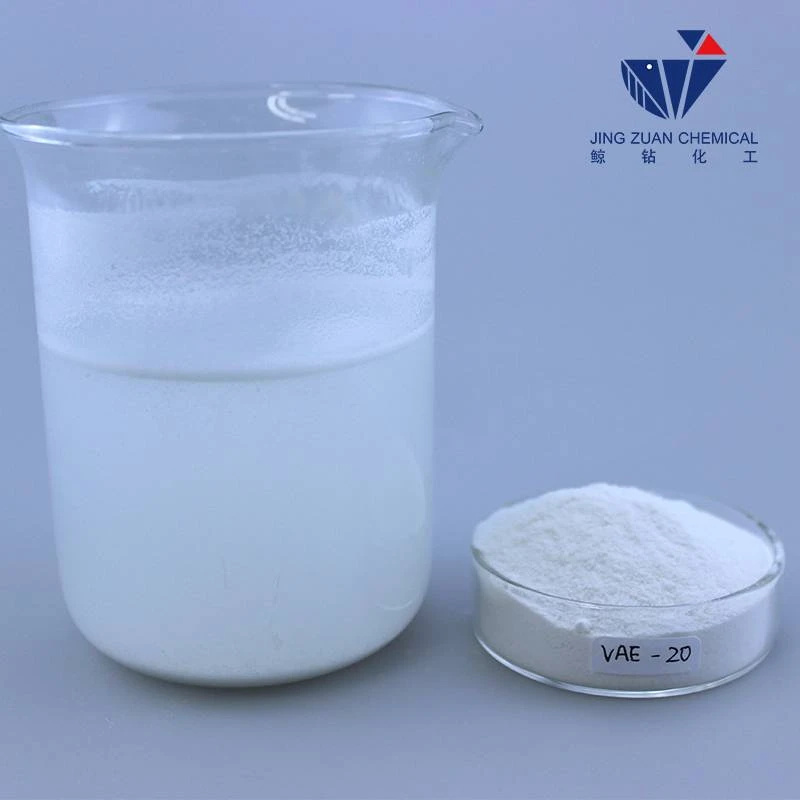
Dec . 01, 2024 09:07 Back to list
hydroxyalkyl cellulose
Understanding Hydroxyalkyl Cellulose Properties, Applications, and Benefits
Hydroxyalkyl cellulose (HAC) is a non-ionic water-soluble polymer derived from cellulose, a natural polysaccharide found in plant cell walls. HAC is created through the chemical modification of cellulose, which introduces hydroxyalkyl groups into its structure. The most commonly used hydroxyalkyl groups are hydroxyethyl and hydroxypropyl. This modification enhances the solubility and functionality of cellulose, leading to a wide range of applications across various industries, including pharmaceuticals, cosmetics, food, and construction.
Properties of Hydroxyalkyl Cellulose
One of the most remarkable properties of hydroxyalkyl cellulose is its exceptional ability to dissolve in water, forming clear, viscous solutions. The solubility of HAC is influenced by several factors, including the degree of substitution of hydroxyalkyl groups, the molecular weight of the polymer, and the temperature of the solution. Generally, higher degrees of substitution and lower molecular weights result in increased solubility.
HAC is characterized by its thickening, gelling, and film-forming properties, making it an excellent additive for enhancing the texture and consistency of various formulations. Moreover, it exhibits good adhesion, which is advantageous in applications requiring binding capabilities. Another important property is its ability to stabilize emulsions and suspensions, which is essential in products such as creams, lotions, and sauces.
Applications of Hydroxyalkyl Cellulose
The versatility of hydroxyalkyl cellulose lends itself to numerous applications
1. Pharmaceutical Industry HAC is widely used as a pharmaceutical excipient. Its thickening properties make it useful in the formulation of gels, suspensions, and creams. It also serves as a binder in tablet formulations, improving the uniformity and stability of the tablets.
hydroxyalkyl cellulose

2. Cosmetics and Personal Care Products In the cosmetic industry, HAC is employed as a thickener, stabilizer, and film-forming agent in products like shampoos, conditioners, lotions, and creams. Its ability to provide a pleasant texture and improve the spreadability of formulations makes it a popular choice among formulators. Additionally, HAC's moisturizing properties help retain water in the skin, enhancing the overall effectiveness of skincare products.
3. Food Industry HAC is used as a food additive, where it functions as a thickener and stabilizer in various food products, such as sauces, dressings, and spreads. Its ability to improve the texture and mouthfeel of foods is well recognized, and it is also utilized in gluten-free products to mimic the texture provided by gluten.
4. Construction In the construction industry, hydroxyalkyl cellulose is employed as a thickener and dispersing agent in cement and mortar formulations. It enhances the workability and cohesiveness of the mixtures, leading to improved application and performance of the final products.
5. Textiles and Paper HAC can also be found in textile and paper applications, where it acts as a sizing agent or binder, imparting strength and enhancing the quality of the end products.
Benefits of Hydroxyalkyl Cellulose
The use of hydroxyalkyl cellulose brings numerous benefits across various sectors. It is a biodegradable and environmentally friendly polymer, making it an excellent alternative to synthetic polymers that may have adverse environmental impacts. HAC is also non-toxic and safe for use in food, pharmaceutical, and cosmetic applications.
Furthermore, its compatibility with a variety of ingredients, along with its ability to enhance the functionality and performance of products, establishes hydroxyalkyl cellulose as a highly valuable additive. The ongoing development and research into its applications continue to broaden its scope and enhance its effectiveness in meeting the evolving needs of industry.
In conclusion, hydroxyalkyl cellulose is a remarkable polymer that plays a vital role across a multitude of applications. Its unique properties, combined with its versatility and safety, make it an indispensable material for countless formulations in modern industry. As technology advances, further applications for this innovative compound are likely to emerge, solidifying its importance in both current and future industries.
-
Versatile Hpmc Uses in Different Industries
NewsJun.19,2025
-
Redispersible Powder's Role in Enhancing Durability of Construction Products
NewsJun.19,2025
-
Hydroxyethyl Cellulose Applications Driving Green Industrial Processes
NewsJun.19,2025
-
Exploring Different Redispersible Polymer Powder
NewsJun.19,2025
-
Choosing the Right Mortar Bonding Agent
NewsJun.19,2025
-
Applications and Significance of China Hpmc in Modern Industries
NewsJun.19,2025







